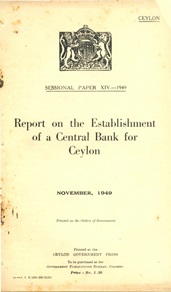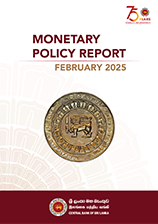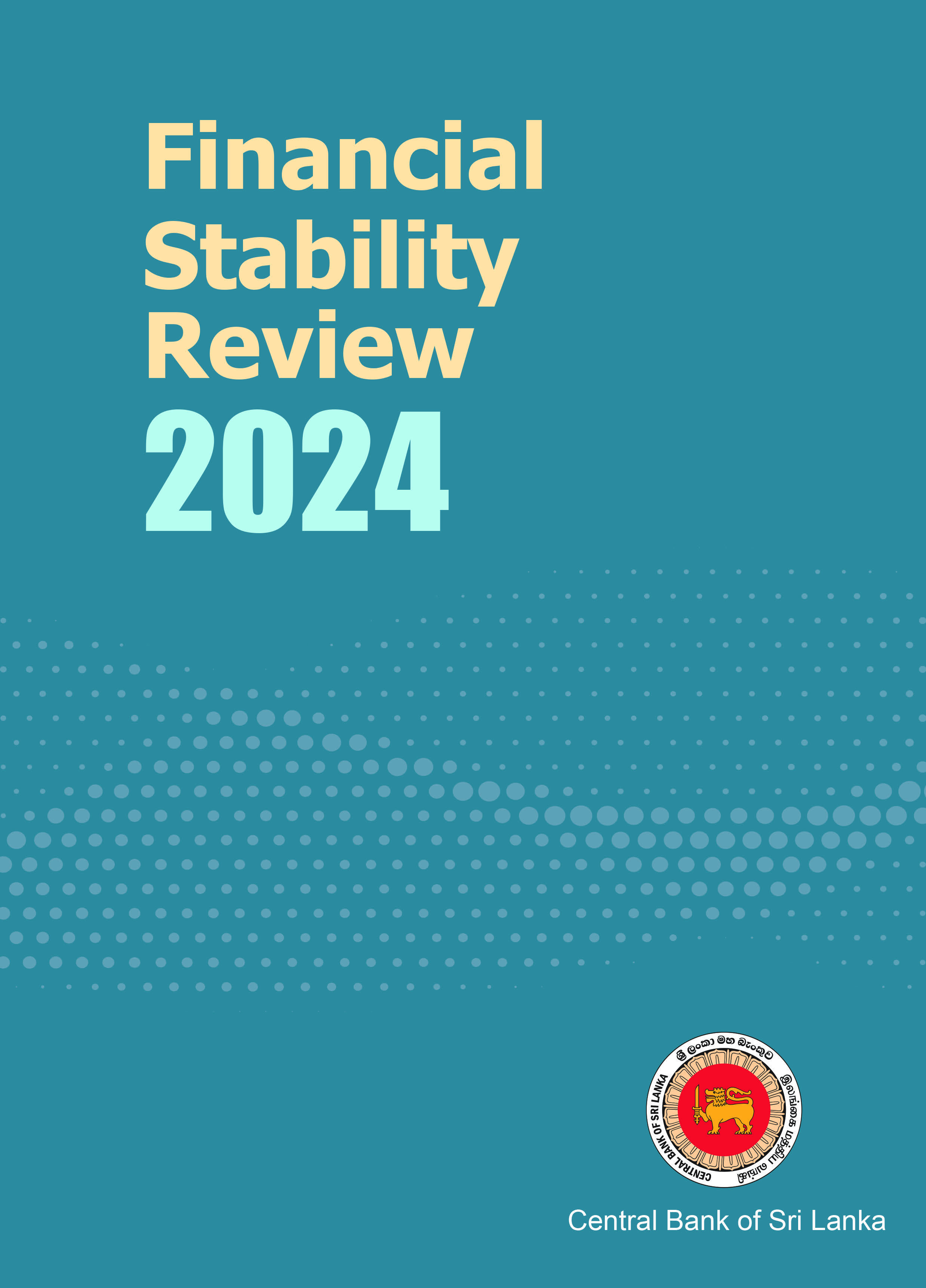The Government of Sri Lanka through Ministry of Finance has published the Request for Proposals (RfPs) from interested parties/ agencies for the appointment of Financial Advisors and Legal Consultants for managing its external debt sustainability.
-
Request for Proposals - Financial Advisor & Legal Consultant (Deadline Extension)
-
Functioning of Banks on 11 and 12 April 2022
Public is informed that all licensed banks will be opened for normal banking business on 11th and 12th of April 2022.
-
Monetary Policy Review: No. 03 of 2022 (Detailed Version)
The Monetary Board of the Central Bank of Sri Lanka, at its meeting held on 08 April 2022, decided to increase the Standing Deposit Facility Rate (SDFR) and the Standing Lending Facility Rate (SLFR) of the Central Bank by 700 basis points to 13.50 per cent and 14.50 per cent, respectively, effective from the close of business on 08 April 2022.
-
The Central Bank of Sri Lanka Significantly Tightens its Monetary Policy Stance to Stabilise the Economy
The Monetary Board of the Central Bank of Sri Lanka, at its meeting held on 08 April 2022, decided to increase the Standing Deposit Facility Rate (SDFR) and the Standing Lending Facility Rate (SLFR) of the Central Bank by 700 basis points to 13.50 per cent and 14.50 per cent, respectively, effective from the close of business on 08 April 2022. The Board, having noted the inflationary pressures that could further intensify in the period ahead, driven by the build-up of aggregate demand, domestic supply disruptions, exchange rate depreciation and the elevated prices of commodities globally, was of the view that a substantial policy response is imperative to arrest the buildup of added demand driven inflationary pressures in the economy and preempt the escalation of adverse inflationary expectations, to provide the required impetus to stabilise the exchange rate and also to correct anomalies observed in the market interest rate structure.
-
Dr. P. Nandalal Weerasinghe takes office as the Governor of the Central Bank of Sri Lanka
Dr. P. Nandalal Weerasinghe assumes duties as the 17th Governor of the Central Bank of Sri Lanka (CBSL). Dr. Weerasinghe is a career central banker, with extensive experience in Monetary and Exchange Rate Policy. Dr. Weerasinghe was promoted as Deputy Governor on 27 September, 2011 while he was serving as an Alternate Executive Director at the International Monetary Fund and assumed office as Deputy Governor of the CBSL on 01 September 2012. Dr. Weerasinghe holds a PhD and Master’s Degree in Economics from the Australian National University and a B.Sc. Degree from the University of Kelaniya in Sri Lanka.
-
Postponement of the Announcement of the Monetary Policy Review: No. 03 of 2022
The Press Release on the Monetary Policy Review No. 03 of 2022 scheduled to be released on 05 April 2022 at 7.30 am has been postponed. Accordingly, the Press Conference scheduled for 05 April 2022 has also been postponed. The date of the announcement of the Press Release and the Press Conference will be informed in due course.
-
Central Bank continues regulatory actions against errant Money Changers
The Central Bank’s continued spot examinations at the places of Authorized Money Changers have revealed that the following Money Changers have transacted at rates beyond the rates offered to them by Licensed Banks, thereby violating the Directions issued to them under the provisions of Foreign Exchange Act No. 12 of 2017.
-
External Sector Performance - January 2022
Import expenditure continued to expand, in spite of high earnings from exports exceeding US dollars 1.0 billion for the eighth consecutive month, thereby widening the deficit in the trade account in January 2022, compared to January 2021. Tourist arrivals showed a notable recovery in January 2022 over the same month in the previous year, while moderation of workers’ remittances was observed in January 2022. Meanwhile, Sri Lanka successfully settled the International Sovereign Bond (ISB) of US dollars 500 million in January 2022. The financial account of the balance of payments strengthened during the month with the receipt of the SAARCFINANCE swap facility from the Reserve Bank of India. The weighted average spot exchange rate, which remained in Rs.
-
Central Bank suspends Money Changing permit issued to Prasanna Money Exchange (Pvt) Ltd
Considering the complaints received from general public that Prasanna Money Exchange (Pvt) Ltd is offering higher exchange rates, the Department of Foreign Exchange of the Central Bank conducted an on-site investigation at the Prasanna Money Exchange (Pvt) Ltd on 30.03.2022. As per the investigation, it was observed that the Prasanna Money Exchange (Pvt) Ltd had offered higher exchange rates and thereby attempted to purchase foreign currency from its customers at higher rates than the exchange rates offered to them by Licensed Banks and that they were in violation of the Directions issued to Authorized Money Changers under the Foreign Exchange Act No. 12 of 2017 (FEA).
-
NOTICE TO THE PUBLIC – MONEY CHANGERS
The public is hereby notified that in terms of the provisions of the Foreign Exchange Act, No. 12 of 2017, Money Changers have been prohibited from offering higher exchange rates to customers beyond the exchange rates offered to such Money Changers by Licensed Banks.
The Money Changers have been informed that their licenses would be suspended/ revoked if they transact any foreign currency transactions at rates beyond the rates stipulated by Licensed Banks.










